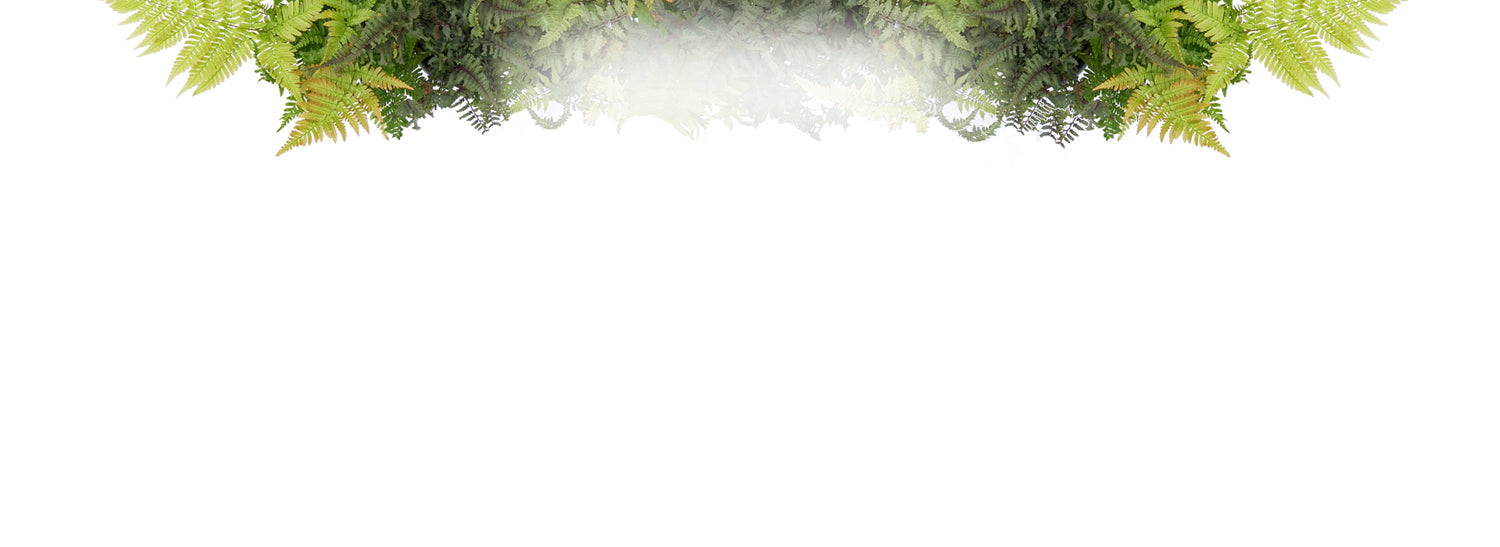Description
Plant spacing is based on the ultimate width of the plants. This figure is normally given as a range; for example, 3-5’. If you live in a cold climate and/or want plants to fill in more quickly, plan to space at the shorter end of the range. If you live in a warm climate, are on a limited budget, or are willing to wait longer for plants to touch, use the higher end of the range. Using the larger number is recommended when calculating distance from a building or structure. There’s really no such thing as "maximum spacing": if you don’t want your plants to touch, you can space them as far apart as you’d like. All plant spacing is calculated on center, or in other words, the centers of the plants are spaced one half of their eventual width apart:

Unless you are planting in a straight line, as you might for hedges or edging, space your plants in a staggered or zig-zag pattern for a more interesting and naturalistic look:

Hand-picked at our greenhouse
Shipped to your door
Arrives as young plant
While vines may look effortless as they scamper over structures, many of them benefit from extra training to grow just the way you like. We'll break it down for each type, and even include examples from some of our great gardeners.
We will notify you on events like Low stock, Restock, Price drop or general reminders so that you don’t miss the deal



